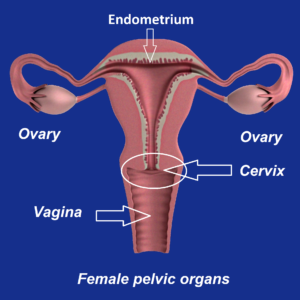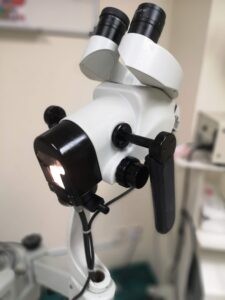 Loop electrosurgical excision procedure (LEEP), also known as large loop excision of the transformation zone (LLETZ), is a procedure for further diagnosis and treatment of cervical intraepithelial neoplasia (CIN). CIN lesion is an abnormal growth in the cervix. The CIN lesion is usually diagnosed during a routine Pap smear (or called Thin Prep) test. LEEP is a very safe way to remove abnormal tissue from the cervix that might otherwise progress to cancer. It minimizes the amount of tissue removed in order to preserve childbearing ability.
Loop electrosurgical excision procedure (LEEP), also known as large loop excision of the transformation zone (LLETZ), is a procedure for further diagnosis and treatment of cervical intraepithelial neoplasia (CIN). CIN lesion is an abnormal growth in the cervix. The CIN lesion is usually diagnosed during a routine Pap smear (or called Thin Prep) test. LEEP is a very safe way to remove abnormal tissue from the cervix that might otherwise progress to cancer. It minimizes the amount of tissue removed in order to preserve childbearing ability.
Reason for the procedure
• Presence of CIN lesions from the colposcopy evaluation and confirmed via cervical biopsy. Some types of CIN can progress to cervical cancer if not treated. This can be used as a treatment for CIN lesions.
• Unsatisfactory colposcopic evaluation whereby the whole transformation zone cannot be visualized or the cervix appeared abnormal and requires a bigger tissue specimen for a more accurate diagnosis to exclude cancer changes.

